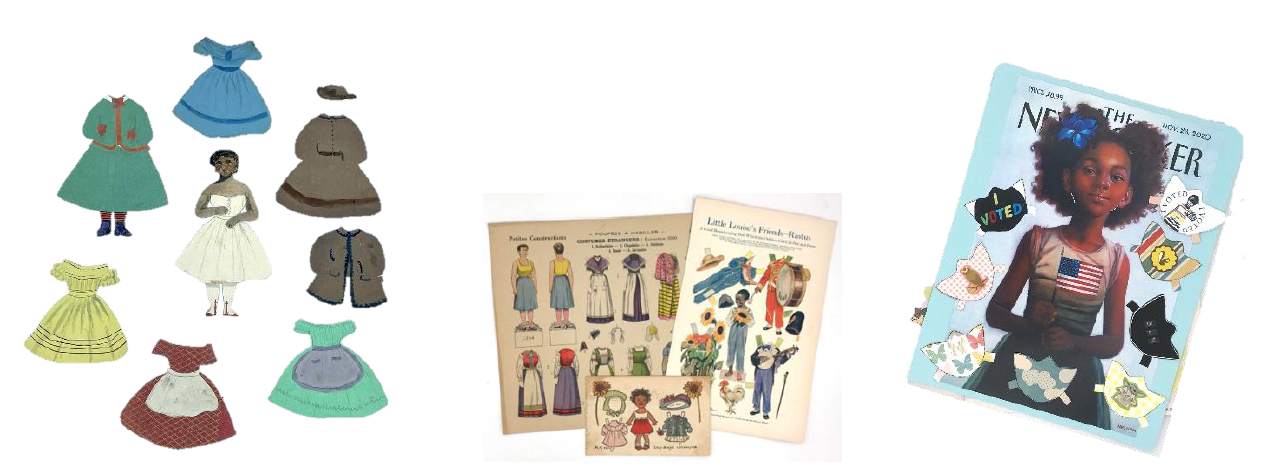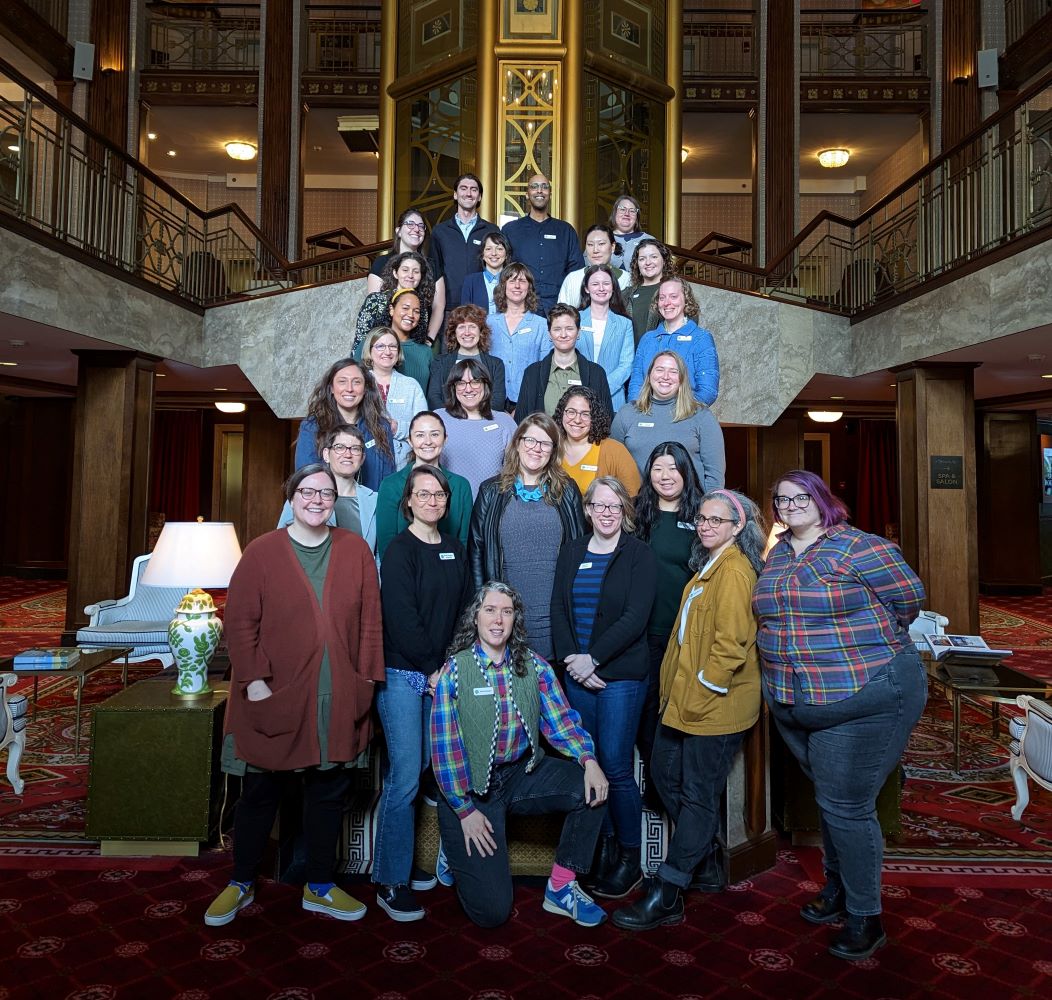Melissa Lawton outlines the accessioning-as-processing approach utilized by Northern Arizona University’s Cline Library, emphasizing how she connects with donors and records creators to obtain descriptive information that is incorporated directly into finding aids.
Tag Archives: accessioning
Collaborative Accessioning at the American Folklife Center
Sara Ludewig and Jesse Hocking of the American Folklife Center use the Reginald L. Jackson Collection as a case study to describe the various considerations and processes undertaken by AFC staff in collaboration with donors to create collection descriptions.
Accessioning Stardust: The Art of the Accession Title
Melanie Wisner examines the craft of creating accession titles for single item manuscripts and accruals at Harvard’s Houghton Library.
Separating Fact from Fiction: Maximizing Dealer Descriptions in Finding Aids
Mae Casey discusses how she edits and incorporates the language provided by sellers and other donors into the description of accessioned collections at Penn State University libraries.
In Good Form: Building Infrastructure Around Pre-Custodial Appraisal
A team from UC Berkeley’s Bancroft Library discuss the creation and implementation of a pre-custodial collection appraisal form designed to document and track multiple facets about a collection’s history, materiality, and processing needs.
Learning on the Job: A Recent Graduate’s Foray into Accessioning Description
Rachel Poppen discusses the difficulties of developing accessioning standards, such as reducing redundancies in titling collection accessions, as a newly-hired archivist at the University of Iowa’s Special Collections and Archives.
Slow Burn: Building an Archival Accessioning Standard with Intentionality
The founders of the National Best Practices for Archival Accessioning Working Group, Meaghan O’Riordan and Rosemary K.J. Davis, recall the process of creating the group and its work to-date.







